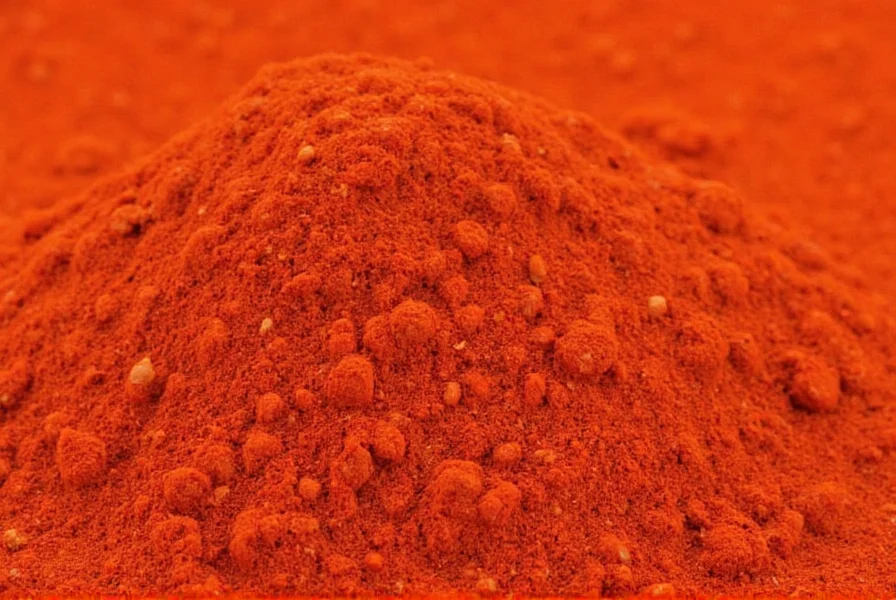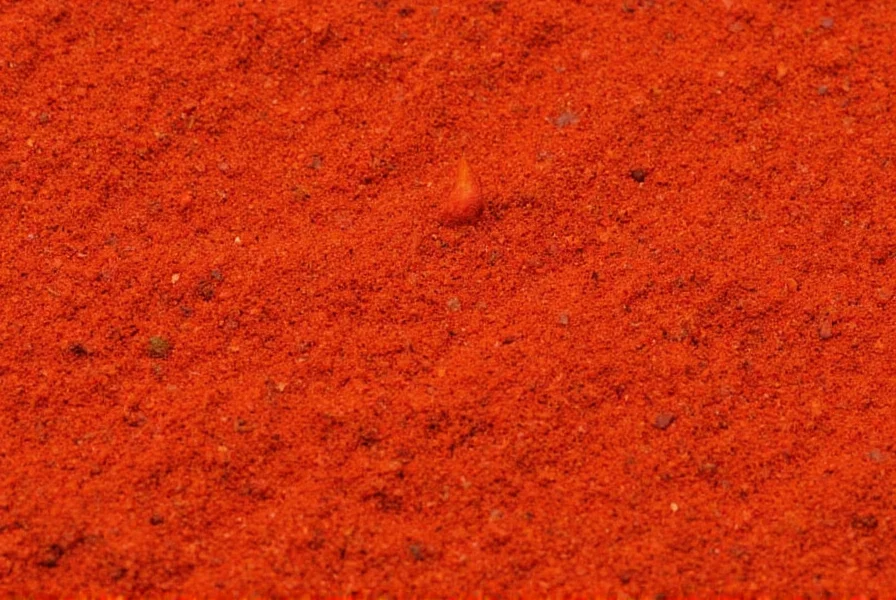When you ask is paprika a spice, the answer is definitively yes. This vibrant red powder has been seasoning dishes for centuries across multiple continents, adding both color and distinctive flavor to countless recipes. Understanding what makes paprika qualify as a spice requires examining its origins, production process, and culinary applications.
What Exactly Is Paprika?
Paprika qualifies as a spice because it meets all the defining characteristics: it's derived from dried plant material (specifically peppers), processed into powder form, and used primarily for flavoring, coloring, and preserving food. Unlike herbs, which come from the leafy parts of plants, spices originate from seeds, fruits, roots, bark, or in paprika's case, dried fruit (peppers).
The peppers used for paprika production are carefully selected, dried, and then ground into a fine powder. This transformation from fresh fruit to dried seasoning is what classifies paprika firmly in the spice category rather than as a fresh ingredient.

The History Behind This Global Spice
Paprika's journey began in Central America, where indigenous peoples cultivated various pepper varieties long before European contact. Christopher Columbus brought these peppers back to Europe, where they quickly spread across the continent. Hungary adopted these peppers enthusiastically in the 16th century, eventually developing the specific drying and grinding techniques that created what we now recognize as paprika.
By the 19th century, Hungarian paprika production had become a sophisticated industry, with specific regions developing distinctive varieties. The spice then spread globally, becoming integral to cuisines from Spain to India, each region adapting it to local culinary traditions.
Different Types of Paprika Spice
Not all paprika is created equal. The spice comes in several varieties, each with distinct flavor profiles:
| Type of Paprika | Flavor Profile | Common Uses |
|---|---|---|
| Sweet Paprika | Mild, slightly sweet, earthy | Garnishing, deviled eggs, potato salad |
| Smoked Paprika | Rich, smoky, complex | Paella, barbecue rubs, roasted vegetables |
| Hot Paprika | Spicy, pungent, fiery | Goulash, spicy sausages, chili dishes |
| Sweet Hungarian Paprika | Balanced sweet with subtle fruitiness | Traditional Hungarian dishes, stews |
How Paprika Is Made: From Pepper to Spice
The process of transforming peppers into paprika follows traditional spice-making methods:
- Selection: Specific pepper varieties are chosen based on desired flavor profile
- Drying: Peppers are dried using sun, air, or smoke depending on the variety
- Sorting: Stems and seeds are removed (though some varieties retain seeds for heat)
- Grinding: Dried peppers are milled into fine powder
- Blending: Different pepper varieties may be combined for specific flavor profiles
- Packaging: The finished spice is packaged to preserve freshness and color
This careful processing from fresh produce to dried, ground form is precisely what defines paprika as a spice rather than simply a seasoning or fresh ingredient.
Nutritional Profile of Paprika
Beyond its flavor contributions, paprika offers notable nutritional benefits. Just one tablespoon (6 grams) contains:
- Approximately 20 calories
- Significant vitamin A (142% of daily value)
- Good source of vitamin E
- Contains vitamin B6 and iron
- Rich in antioxidants like capsanthin
The vibrant red color comes from carotenoids, powerful antioxidants that may provide anti-inflammatory benefits. Different paprika varieties contain varying concentrations of these beneficial compounds.

Culinary Applications: Why Chefs Love This Spice
Professional chefs and home cooks alike value paprika for several reasons:
- Color enhancement: Adds vibrant red hue to dishes without overwhelming flavor
- Flavor complexity: Contributes earthy, sweet, or smoky notes depending on variety
- Preservation properties: Natural antimicrobial qualities help extend food shelf life
- Versatility: Works in both savory and some sweet applications
- Heat control: Allows precise adjustment of spiciness in recipes
When exploring is smoked paprika a spice or is sweet paprika a spice, the answer remains the same - both are simply variations of the same fundamental spice product, differentiated by processing method and pepper selection.
Paprika vs. Similar Seasonings
Many people wonder about the difference between paprika and other red seasonings:
- Paprika vs. Cayenne: Cayenne is significantly hotter and made from different pepper varieties
- Paprika vs. Chili Powder: Chili powder is a blend that typically includes paprika plus other spices
- Paprika vs. Red Pepper Flakes: Flakes retain more texture and often more heat than ground paprika
Understanding these distinctions helps clarify why paprika maintains its unique position among spices. When considering is paprika a spice or seasoning, it's important to recognize that all spices are seasonings, but not all seasonings are spices - paprika qualifies specifically as a spice due to its plant-based, dried, and ground nature.
Proper Storage for Maximum Freshness
To maintain paprika's vibrant color and flavor, proper storage is essential:
- Store in an airtight container away from light and heat
- Keep in a cool, dark cupboard (not above the stove)
- For extended shelf life, refrigerate or freeze paprika
- Use within 6-12 months for optimal flavor (though safe indefinitely)
Fresh paprika should have a vibrant color and distinctive aroma. If it appears faded or lacks scent, it's likely past its prime and won't deliver the expected flavor impact in your dishes.











 浙公网安备
33010002000092号
浙公网安备
33010002000092号 浙B2-20120091-4
浙B2-20120091-4